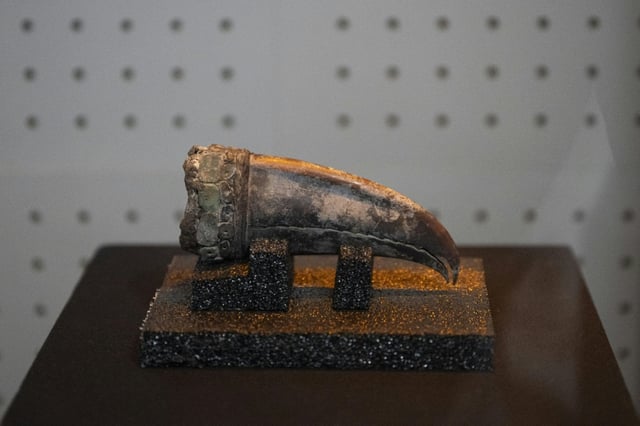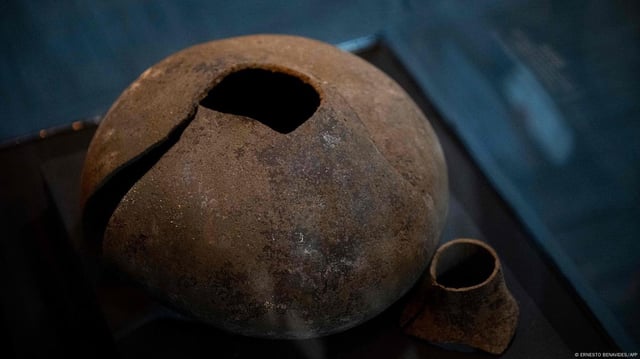Overview
- The remains of a high-status woman, aged 20-35, were found in Aspero, a sacred sector of Caral once used as a municipal dump.
- Exceptional preservation revealed skin, hair, nails, and a shroud adorned with macaw feathers, indicating her noble status.
- Funerary offerings included a toucan's beak, baskets, vases, and other items, underscoring extensive trade networks in 3000 BC.
- Preliminary findings challenge male-centric views of Caral society, highlighting the complementary roles of women in governance and culture.
- Caral, the oldest city in the Americas, developed contemporaneously with ancient Egypt, Mesopotamia, and China, yet evolved independently.

